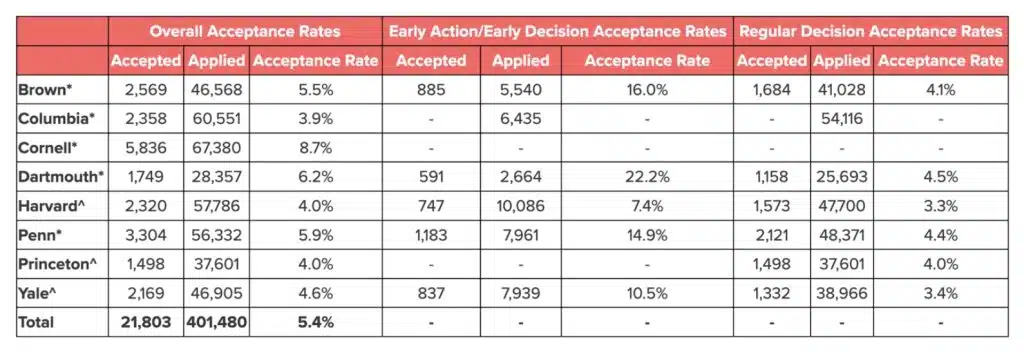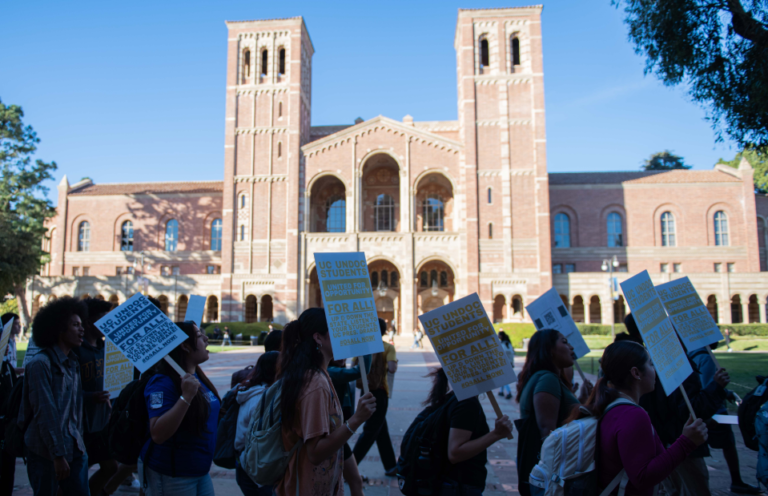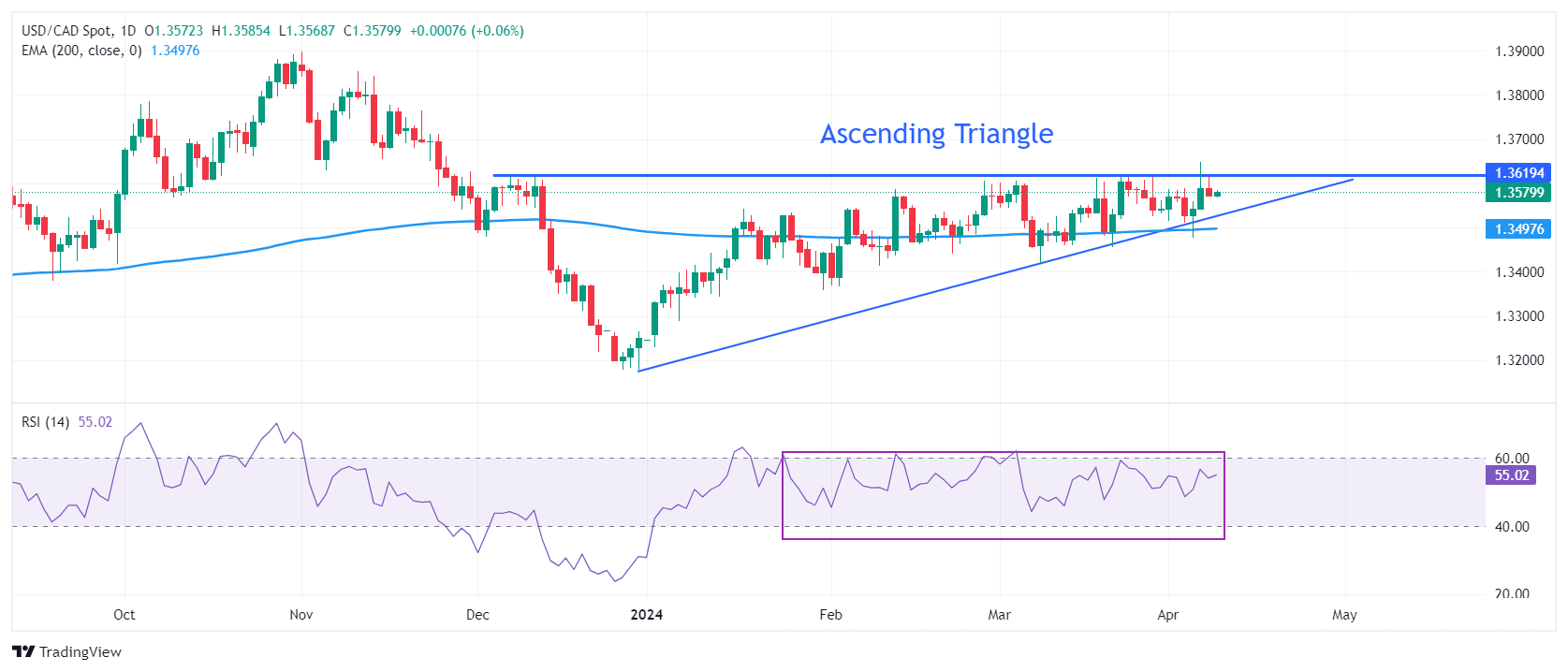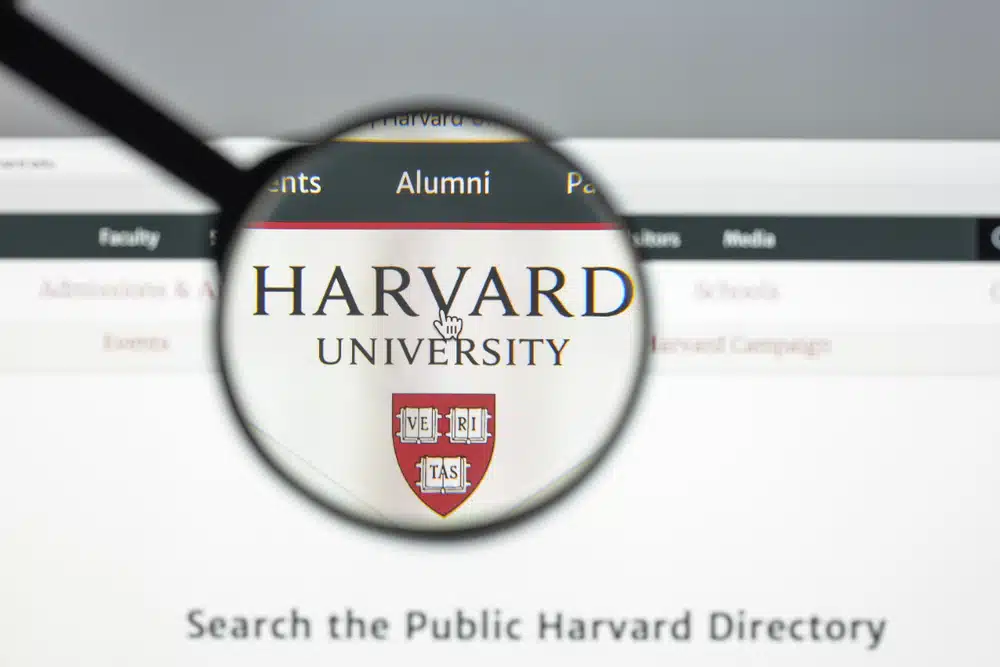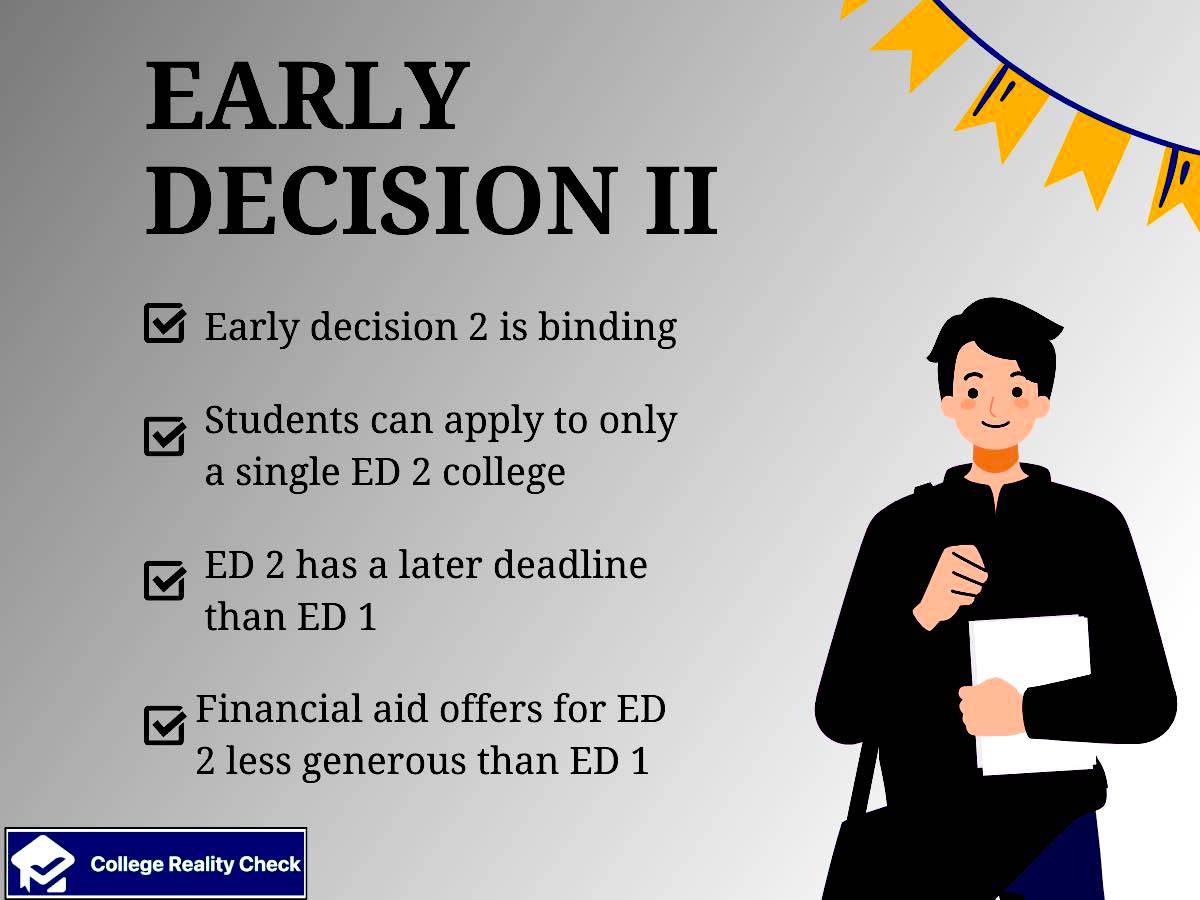When Do Usd Decisions Come Out

For college applicants nationwide, the agonizing wait for admissions decisions can feel like an eternity. Nowhere is this more keenly felt than by those vying for a spot at the University of San Diego (USD), a highly selective institution known for its rigorous academics and vibrant campus life. The question on every applicant’s mind: when will those crucial decisions finally arrive?
This article delves into the typical timelines for USD admissions decisions, examining both undergraduate and graduate programs. It will explore factors that can influence these timelines, provide guidance on what applicants can expect during the waiting period, and offer insights into navigating the post-decision process.
Undergraduate Admissions Decision Dates
For undergraduate applicants, USD offers several application options, each with its own corresponding decision release date. Understanding these timelines is crucial for managing expectations and planning accordingly.
Early Action (EA) applicants typically receive their decisions in mid-December. This non-binding option allows students to hear back from USD relatively early in the admissions cycle.
Early Decision (ED), a binding option, also sees decisions released around mid-December. Students who apply ED commit to attending USD if accepted.
The largest pool of applicants applies under the Regular Decision deadline. These applicants usually receive their decisions in late March or early April.
It's important to note that these are general timelines. The specific dates can vary slightly from year to year, influenced by factors such as the volume of applications received and the complexity of the applicant pool.
Factors Affecting Undergraduate Decision Timelines
Several factors can potentially impact the exact date when an applicant receives their decision. A significant increase in the number of applications can understandably extend the review process.
The thoroughness of the application itself also plays a role. Incomplete applications or those requiring further clarification may experience delays.
Furthermore, certain academic programs, particularly those with supplemental application requirements like portfolios or auditions, may have their own unique review processes that affect decision release dates.
Graduate Admissions Decision Dates
Graduate admissions at USD are decentralized, meaning each school or department manages its own application and decision processes. This leads to a wider range of decision release dates compared to undergraduate admissions.
The School of Law, for example, typically releases decisions on a rolling basis, starting in the late fall and continuing through the spring.
Programs within the Shiley-Marcos School of Engineering and the School of Business also often operate on a rolling admissions model, with decisions released throughout the application cycle.
Applicants to graduate programs should carefully review the specific admissions information provided by their intended program of study to determine the expected decision timeline. This information is typically available on the program's website.
Navigating the Graduate Decision Process
Due to the decentralized nature of graduate admissions, communication is key. Applicants should not hesitate to contact the admissions office or program coordinator of their intended program if they have questions about the decision timeline.
Unlike undergraduate admissions, where standardized timelines are more common, graduate programs often have more flexibility in their decision-making process. This means that the timing of decisions can vary considerably between different programs and even for different applicants within the same program.
Applicants should also be aware that some graduate programs may conduct interviews as part of the admissions process. The timing of these interviews can further influence the timing of decision releases.
What to Expect While Waiting
The period between submitting an application and receiving a decision can be stressful. It's crucial to manage expectations and maintain a proactive approach.
Applicants should regularly check their email and the online application portal for any updates or requests for additional information from USD. Responding promptly to any requests can help avoid unnecessary delays.
While it's tempting to constantly refresh the application portal, it's important to remember that admissions committees require time to thoroughly review each application. Patience is key.
"We understand the anxiety associated with waiting for an admissions decision," says a statement from the USD Office of Admissions. "We encourage applicants to focus on their current studies and activities while we carefully review their applications."
Applicants should also resist the urge to compare their situation with others. Every application is unique, and the timing of decisions can vary for a multitude of reasons.
Post-Decision Actions
Once a decision is released, applicants should carefully review the information provided by USD. This includes details about financial aid, housing, and orientation.
Accepted students typically have a deadline to accept or decline their offer of admission. It's crucial to adhere to this deadline to avoid forfeiting their spot.
For those who are waitlisted, USD will provide instructions on how to remain on the waitlist. While admission from the waitlist is not guaranteed, it is still a viable option.
Applicants who are not admitted should not be discouraged. It's important to remember that the college admissions process is highly competitive. They should consider seeking feedback on their application and exploring other educational opportunities.
Looking Ahead
While specific dates may fluctuate annually, the general timelines for USD admissions decisions remain relatively consistent. Prospective students can use the information outlined in this article to prepare for the admissions process and manage their expectations.
By understanding the different application options, the factors that can influence decision timelines, and the steps to take after a decision is released, applicants can navigate the USD admissions process with greater confidence and clarity.
Ultimately, the waiting game is a challenging but integral part of the college admissions journey. Staying informed, proactive, and patient are the keys to successfully navigating this process and achieving one’s academic goals.
